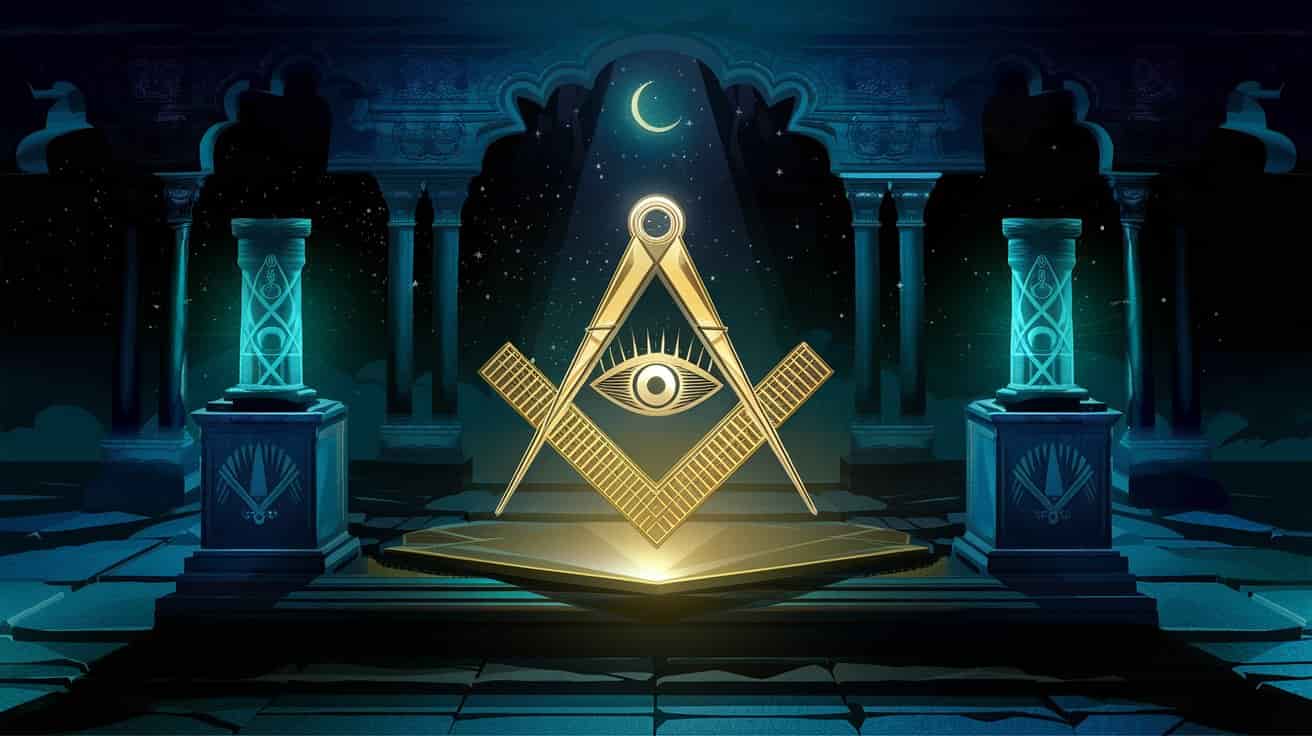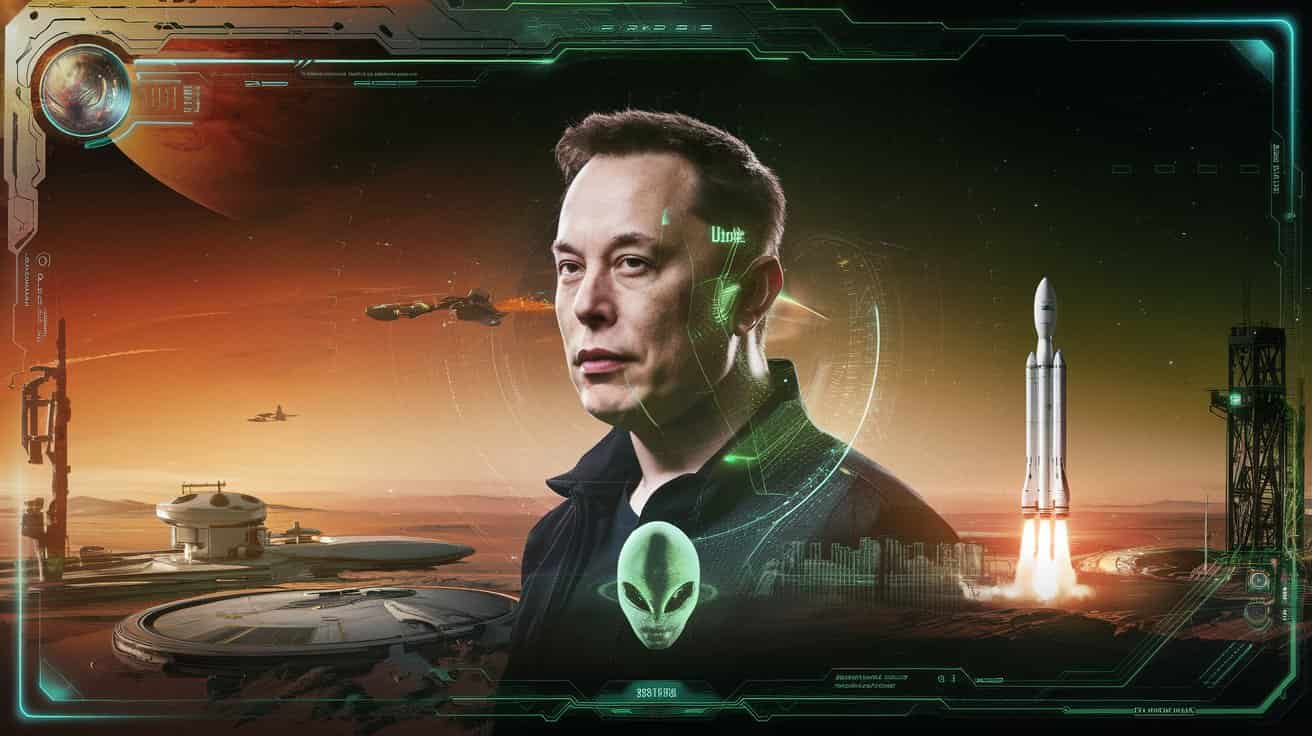Zecharia Sitchin and the Anunnaki: The Ancient Astronaut Theory
The Ancient Astronaut Theory has captivated imaginations worldwide, suggesting that extraterrestrial beings have visited Earth and played a pivotal role in shaping human civilization. Among the prominent voices advocating this idea is Zecharia Sitchin, an author and researcher whose controversial interpretations of ancient texts have fueled debates for decades. Sitchin’s theories, particularly about the Anunnaki and the mysterious planet Nibiru, propose a radical rethinking of history, human evolution, and the origins of advanced knowledge in ancient cultures.
Zecharia Sitchin: A Pioneer of the Ancient Astronaut Hypothesis
Zecharia Sitchin, born in 1920 in Azerbaijan and raised in Palestine, had a background in economics but a passion for ancient languages and history. He spent his life studying Sumerian, Akkadian, and other ancient texts. These studies led him to unconventional conclusions, which he presented in his influential Earth Chronicles series. Published over several decades, these books built a narrative of alien-human interaction rooted in early Mesopotamian mythology.
Sitchin’s theories are largely based on his interpretations of Sumerian cuneiform tablets. He claimed these texts detailed the presence of advanced beings—the Anunnaki—from a distant planet. While mainstream scholars dismiss his ideas, his work resonates with those fascinated by extraterrestrial life and alternative history.
The Core of Sitchin’s Theories
Sitchin’s ideas about the Anunnaki and Nibiru form the foundation of his work. Below are the key components of his theories:
1. The Planet Nibiru
Sitchin proposed that the Anunnaki originated from Nibiru, a massive planet in our solar system with an elongated orbit that takes 3,600 years to complete. He suggested that this planet occasionally passes close to Earth, enabling the Anunnaki to travel here.
2. Anunnaki’s Role on Earth
According to Sitchin, the Anunnaki were a technologically advanced alien race. They came to Earth around 450,000 years ago in search of gold, a metal they needed to repair their planet’s atmosphere.
3. Genetic Engineering and the Creation of Humanity
One of Sitchin’s most controversial claims is that humans were genetically engineered by the Anunnaki. He argued that the Anunnaki combined their DNA with that of Homo erectus to create Homo sapiens, thus engineering modern humans to serve as a labor force for gold mining.
4. Transfer of Advanced Knowledge
Sitchin believed the Anunnaki imparted much of the advanced knowledge of astronomy, agriculture, and architecture that ancient civilizations like the Sumerians, Egyptians, and Mayans used to build their societies.
Evidence Cited by Sitchin
Sitchin relied on several types of evidence to support his theories, often drawing from artifacts, ancient texts, and architectural marvels:
- Sumerian Cuneiform Tablets: Sitchin interpreted these tablets as historical records, not myths. He argued that they documented the activities of the Anunnaki.
- Astronomical Knowledge: Sitchin highlighted the Sumerians’ advanced understanding of astronomy, including their knowledge of planets not visible to the naked eye. He claimed this knowledge could only have been imparted by extraterrestrials.
- Artifacts and Imagery: Sumerian seals and carvings often depict humanoid figures with wings. Sitchin believed these figures represented the Anunnaki. He also pointed to symbols resembling solar systems, suggesting that ancient people had knowledge of celestial bodies far beyond their time.
- Architectural Marvels: Sitchin suggested that structures such as the pyramids of Egypt and the ziggurats of Mesopotamia were built with the assistance of the Anunnaki.
Criticisms of Sitchin’s Work
While Sitchin’s theories have gained a following, scholars in linguistics, archaeology, and astronomy have criticized his work:
1. Inaccurate Translations
Linguists argue that Sitchin’s interpretations of Sumerian texts are incorrect. They believe his connections between words and concepts lack scholarly support.
2. Scientific Improbabilities
Astronomers find Sitchin’s concept of Nibiru problematic. A planet with such an orbit would destabilize the solar system. Additionally, there is no evidence of Nibiru’s existence.
3. Lack of Tangible Evidence
Sitchin’s claims about genetic engineering and alien-human interactions lack physical evidence. There is no genetic data to support the idea of an alien-human hybrid.
4. Misinterpretation of Myths
Scholars argue that Sitchin misinterprets Sumerian myths. Many ancient stories, they believe, are symbolic rather than literal descriptions of extraterrestrial encounters.
The Enduring Legacy of Zecharia Sitchin
Despite the criticisms, Zecharia Sitchin has left a lasting impact on the Ancient Astronaut Theory. His books have inspired millions of readers to question the accepted history of human civilization and explore the possibility of extraterrestrial influences on Earth’s past.
Sitchin’s ideas have also influenced television shows, documentaries, and novels. They have sparked discussions about the potential for ancient knowledge to have come from beyond our planet.
Questions to Consider
- Could ancient myths hold hidden truths about humanity’s past?
- Why do so many ancient cultures share similar stories of gods descending from the sky?
- How much do we really know about the origins of advanced knowledge in early civilizations?
Whether viewed as groundbreaking or speculative, Zecharia Sitchin’s work continues to challenge the way we think about history, extraterrestrial life, and the mysteries of our ancient past.



1 comment